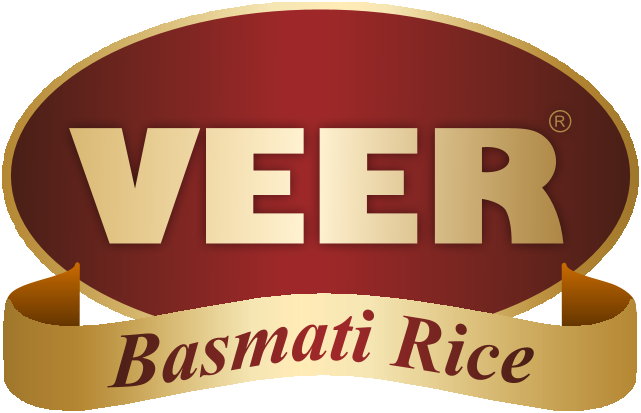For many years, billions of people all over the world have consumed rice as a staple food. It is a simple-to-cook ingredient that can be used in and with a variety of dishes from Asia to America. But still, many people are stuck to knowing about the difference between brown rice and white rice while selecting the best kind of rice. There are two of the best varieties of rice on the market namely basmati brown rice and basmati white rice. Both items are made from Basmati rice of the highest quality, which is grown in India’s hospitable soil.
Brown Rice And White Rice
Today we are going to compare the difference between brown rice and white rice in depth and outline their main differences.
Comparison of Nutrients and Processing Methods
- The way brown rice and white rice are processed is one of the key distinctions. Brown rice is rich in bran and germ layer, which contain the majority of the nutrients because it has undergone minimal processing. In contrast to that bran and germ layer are removed from white rice during processing, leaving only the endosperm. Because of this, brown rice is far healthier than white rice.
- In terms of fibre, vitamins, and minerals, brown rice is a good source of B vitamins, iron, magnesium, and selenium. Additionally, because it has a lower glycemic index, glucose is released into the bloodstream more gradually, assisting in the control of blood sugar levels. White rice, on the other hand, is devoid of fibre, vitamins, and minerals. White rice is widely viewed as more palatable in terms of flavour and texture. Its balanced flavour and soft, fluffy texture make it a versatile ingredient that can be used in a variety of dishes. On the other hand, brown rice has a chewy texture and a nutty flavour that some people may not like. However, brown rice’s nutty flavour and chewy texture make it a great addition to risottos and stir-fries, where its distinctive flavour can give the dish a hint of richness.
Differences in Cooking Time and Shelf Life
- The cooking time is another distinction between brown rice and white rice. Brown rice typically takes longer to cook than white rice, and some people may find it difficult to work with due to its chewy texture. Contrarily, white rice is simple to prepare and, thanks to its tender texture, is a preferred ingredient in a wide range of dishes, from sushi to rice pudding.
- White rice has a shorter shelf life than brown rice when it comes to storage. Due to its higher oil content, brown rice has a shorter shelf life than white rice. Brown rice, however, can remain fresh for up to six months if properly stored. Contrarily, white rice can be kept for up to a year or longer when kept in an airtight container and in a cool, dry location.
- In conclusion, both brown rice and white rice have particular benefits and drawbacks. Brown rice is the wiser alternative if you’re looking for something a little more nutritious. White rice is a better choice for you if you prefer a finer texture and a balanced flavour, though. Veer Overseas provides both basmati brown rice and basmati white rice because we think Everyone should have access to high-quality, nourishing food.
Veer Overseas believes that everyone should have access to high-quality, nutritious food, which is why we sell both basmati brown rice and basmati white rice. Our basmati brown rice is ideal for those seeking a healthier alternative, whereas our basmati white rice is ideal for those seeking a softer texture and a neutral flavour.
So why put it off?
Pay a visit to Veer Overseas today. We recognise the importance of having access to nutritious and delicious food at Veer Overseas and take pride in being able to provide a variety of options that meet the needs of our customers.
Above you got the information about the difference between brown rice and white rice. Now, Let’s Visit the website to explore the best manufacturer of basmati rice in India.




